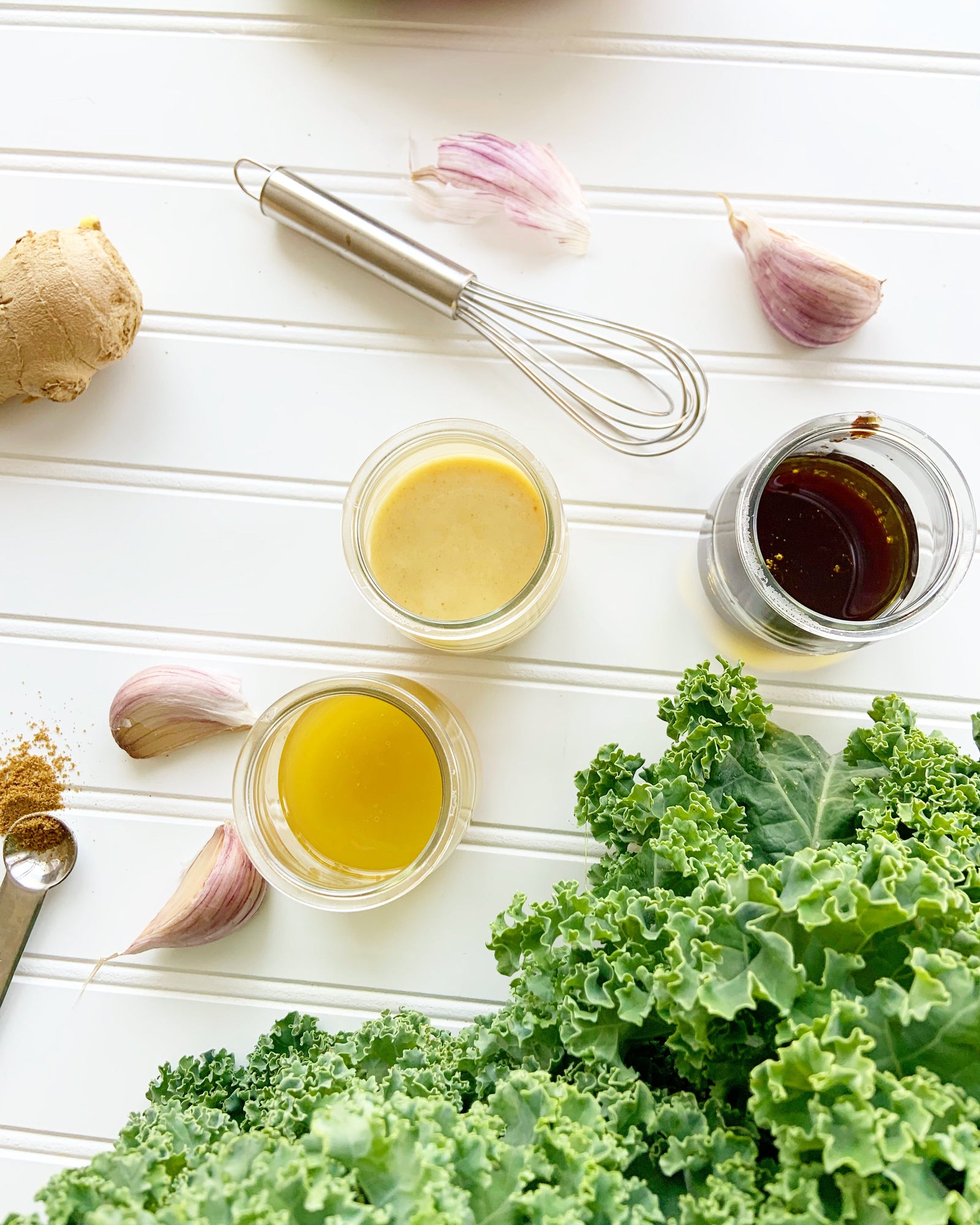Navigating through the produce section can be a challenge. Never fear, science is here! (Yes, that’s me waving my geek flag again). Knowing how is the start to living a healthier, better life. Here are 4 ways you can eat better and ‘cleaner’ despite declining nutrient values in food.
1. Go Wild
According to Jo Robinson, author of Eating on the Wild Side: The Missing Link to Optimum Health, dandelions, which were traditional part of Native American spring diets, contain 7 times more phytonutrients than spinach. Yet, many of us consider spinach one of the ultimate ‘superfoods’! Do we have it all wrong?Robinson notes that we should re-consider vegetables long forgotten. For example scallions, or green onions, have more than five times more phytonutrients than many common onions – the green ends being the most nutritious. Pick foods from the wild, or grow them in your own yard. Also, you can include herbs and spices in your diet. Herbs and spices they have been relatively unchanged by modern agriculture.
2. Eat Bright
Seek out produce with shades that are richer or darker than the conventional produce. Look for dark purples, reds and greens in the produce aisle. Why not give purple carrots, rainbow chard or blood oranges a try? You may also try seeking out bitter tasting produce, such as broccoli or turnip greens as many of the most nutritious nutrients are bitter tasting, and it may help steer your palate away from sweets.
3. Choose Organic
Choosing organic produce also increases the nutrient content of your produce. According to a meta-analysis based on 343 peer-reviewed publications, there is significant difference between organic and conventionally grown crops. The study published in the British Journal of Nutrition notes the concentration of a range of antioxidants were substantially higher in organic crops, with phenolic acids, flavanones, stilbenes, flavones, flavonols and anthocyanins being an estimated 19% higher. In addition, pesticide residues and the toxic metal cadmium were found to be four times higher in conventional crops. And, don’t forget whenever possible go for non-GMO too!
4. Buy Local
Buying local produce helps reduce nutrient loss that occurs after harvest. Once a crop is picked it begins to breakdown and lose nutrients. Local produce requires less transit time from farm to fork helping boost nutrient content.






